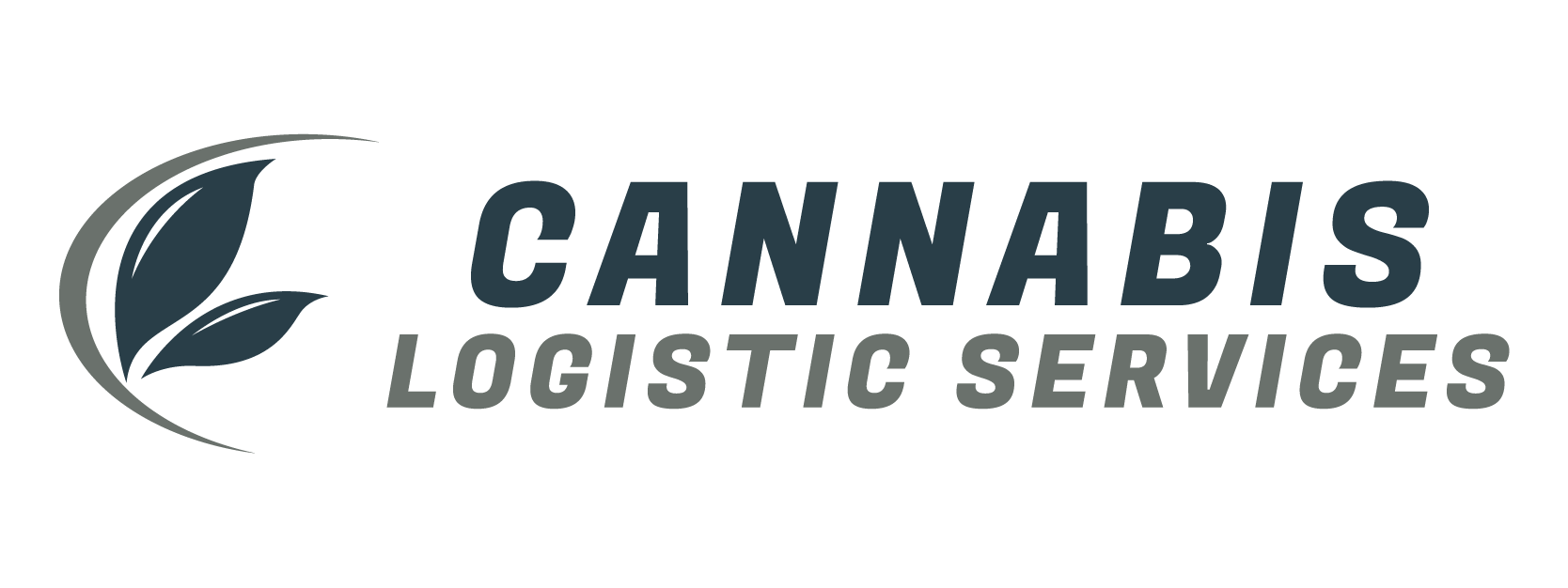The cannabis supply chain is a complex, tightly regulated ecosystem designed to ensure safety, traceability, and compliance across all stages of the product lifecycle—from cultivation to retail. For patients, consumers, and industry stakeholders, understanding how this system works provides valuable insight into how legal cannabis products make their way to dispensary shelves.
Key Components of the Cannabis Supply Chain
The cannabis supply chain can be broken down into five essential stages: cultivation, processing, testing, distribution, and retail. Each step is highly regulated by state-specific laws and monitored using track-and-trace systems, such as METRC (Marijuana Enforcement Tracking Reporting Compliance), to ensure compliance and product integrity.
- Cultivation
Cannabis begins its journey in licensed grow facilities, either indoor, greenhouse, or outdoor. Licensed cultivators are responsible for germinating seeds or cloning mother plants and managing plant growth through harvest. Factors such as lighting, nutrients, and pest control are carefully controlled to yield consistent, potent flower. - Processing & Manufacturing
Once harvested, cannabis is either sold as raw flower or sent to processors for manufacturing into concentrates, edibles, tinctures, and other infused products. Processing facilities must follow Good Manufacturing Practices (GMP) and often include extraction labs, kitchens, and packaging lines. At this stage, products are labeled with batch numbers and track-and-trace IDs to ensure full traceability. - Testing
Before cannabis products can be sold, they must undergo rigorous laboratory testing. State-licensed third-party labs test for THC and CBD potency, residual solvents, pesticides, heavy metals, and microbial contaminants. Products that fail these tests are rejected or remediated. Testing results are uploaded into the state’s tracking system and appear on the product’s Certificate of Analysis (COA), available to both regulators and consumers. - Distribution
In some states, licensed cannabis distributors act as third-party logistics providers who handle transport between cultivators, processors, and dispensaries. In other states, vertically integrated businesses manage their own logistics. Distribution vehicles are often armored or GPS-tracked, and manifests must accompany each load. Distributors may also store products in temperature-controlled warehouses or hubs to preserve quality. - Retail
The final step is retail, where dispensaries or delivery services sell products to end consumers. Retailers must verify IDs, track sales, and adhere to daily purchasing limits. Inventory control is critical, as every product sold must match what’s reported in the track-and-trace system. Retailers are also responsible for storing COAs and educating customers on dosage, effects, and product options.
How It All Works Together
What makes the cannabis supply chain unique is the end-to-end transparency and compliance requirements. From the moment a seed is planted, each product is tracked through a series of license holders, with detailed records at every touchpoint. This not only protects consumers but also helps states enforce rules, prevent diversion, and collect taxes.
As the industry matures, technologies such as blockchain, IoT-enabled sensors, and AI-driven logistics platforms are improving efficiency and accountability across the supply chain.
